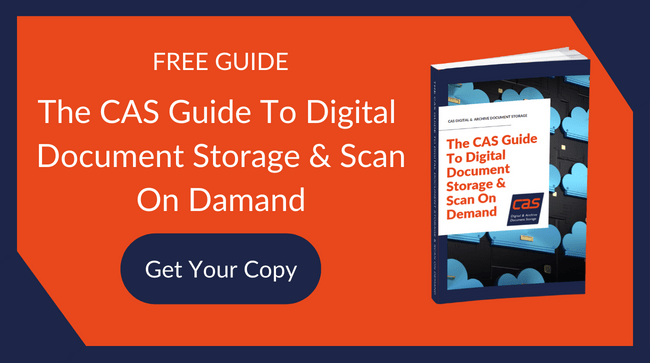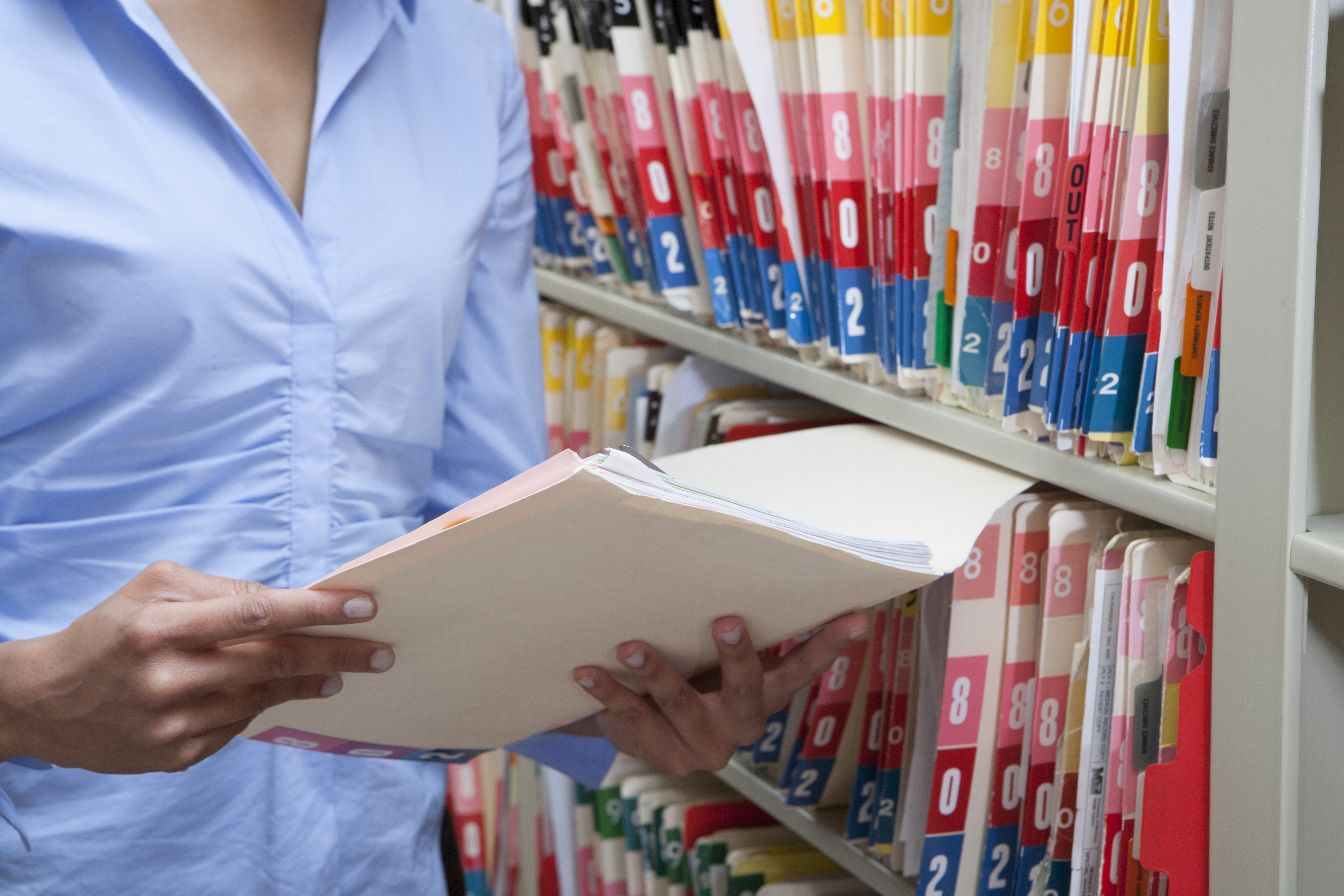Largely digitised archives, with some paper originals retained for extra security and assurance, are the future of document retention in the commercial sector. By scanning confidential paperwork into a computer (via high-resolution rapid imaging machines), entire stacks of files are made searchable, remotely accessible, and virtual, taking up zero floor space.
 Archive virtualisation saves time, money, and effort and enhances security standards by eliminating the 'physical' element from a file's life cycle. It also makes retrieving your stored files for reference, modification, or destruction much easier. Here's how it works.
Archive virtualisation saves time, money, and effort and enhances security standards by eliminating the 'physical' element from a file's life cycle. It also makes retrieving your stored files for reference, modification, or destruction much easier. Here's how it works.
What Is Document Digitisation?
Digitisation refers to any process that takes a scan of a printed document and converts it into an identical electronic image file (e.g. JPEG, GIF, PDF). After scanning, each digital file is named and password-protected before being copied onto designated storage media. Files can be retrieved and searched by permitted users as an archivist would browse through a printed library.
How Is Paperwork Digitised?
Using a high-quality, rapid flatbed scanner is the most popular way to digitise A2-A5 documents. For a reasonable price per unit, your supplier can collect and convert your boxes into a complete run of faithful digital images, with document data capable of extraction into a range of file formats for integration with your purely digital databases. This process usually takes no more than a day per stack.
Digitisation scanning is often undertaken in themed blocks to create coherent, dated archives. However, certain suppliers (including CAS) also offer per-item on demand scanning services for confidential, smaller, or low-priority physical document collections.
Advantages Of Digitisation
- Cheap and efficient - Digitally-stored files cost far less per unit to maintain, curate, and copy.
- Data management - Digital archives are easy to browse, search, sort, and reorder. Cloud archiving lets you share files remotely and across multiple sites.
- More floor! - Take advantage of more room to manoeuvre by shrinking your boxes and shelving.
- Insurance against loss - Digital backups guarantee your vital records are recoverable after a disaster or accidental deletion.
Do I Need To Keep My Old Paperwork After Digitisation?
This depends on any legal retention terms applying to the class of document. Many medical and legal records, for example, have long retention periods, while most business documents can be safely disposed of after 6-10 years. UK law permits the destruction of all but the most sensitive and pertinent paperwork if an identical digital scan exists. However, you may wish to retain a paper copy of long-term storage documentation for assurance against anything happening to the digital replica. DND (do not destroy)-marked paperwork may also be illegal to destroy or digitise. Talk to your supplier first. You can arrange for your supplier to dispose of your old paper files (via fine-grade shredding) or do it yourself. Shredding now-irrelevant paperwork often saves space, money, and time.
Digital Disposal And Electronic Shredding
Digital documents need to abide by the same disposal schedules as paper ones. As most digital files are recoverable after the first deletion, extra care is required to irrevocably delete no-longer-needed digital files. We recommend using a professional data wiping (or shredding) service, which will destroy any expired files to an irretrievable standard by physically overwriting their data table entries.
Archive Digitisation With CAS Ltd.
Does digitisation sound right for you and your organisation? Talk to CAS Ltd today. We specialise in mass digitisation, electronic storage, and professional dual-format archive curation for our clients throughout the UK.
Image Source: Pexels
